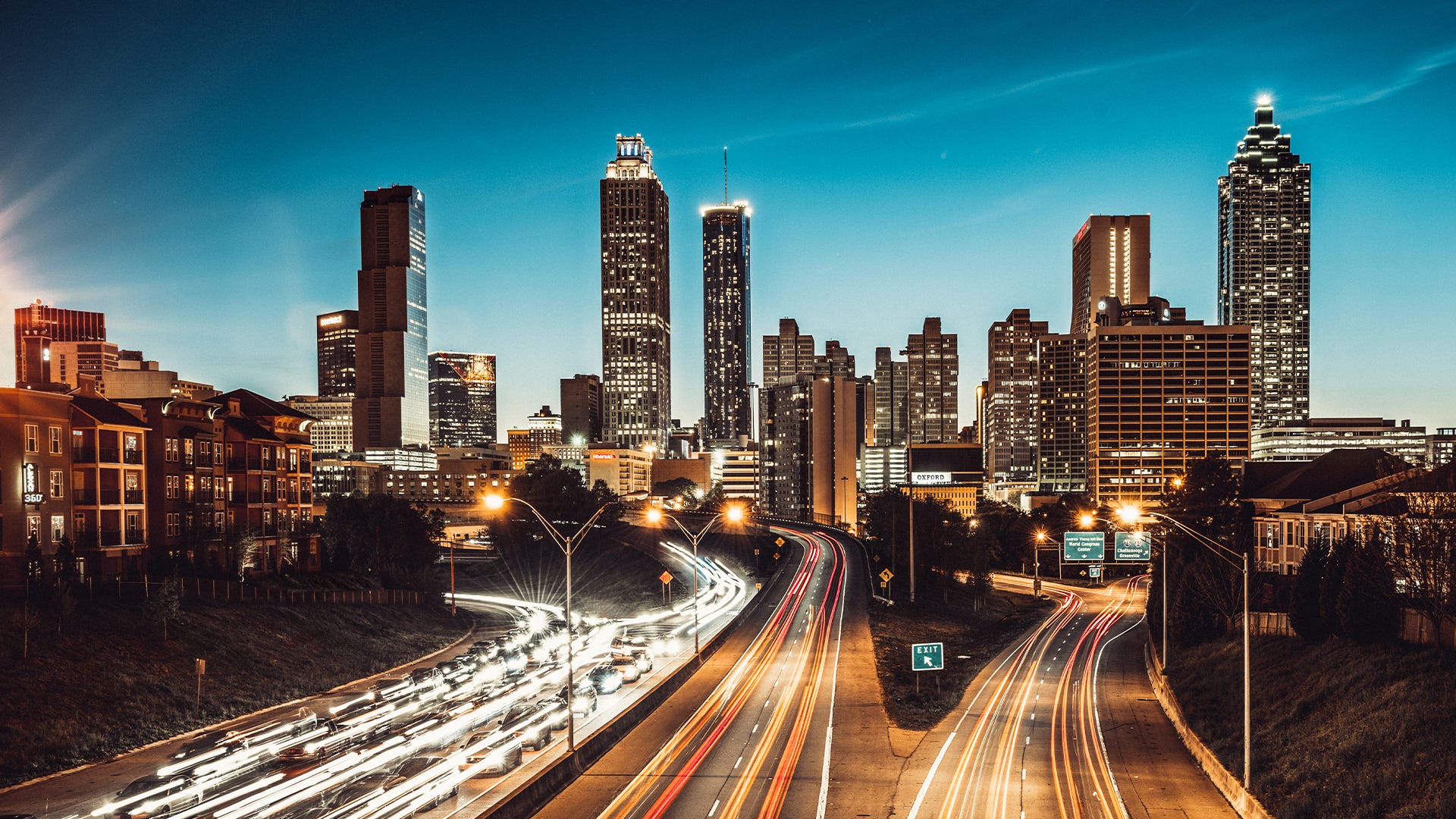
ALAN and the Glow of City Lights
Migration is one of the most perilous times in a bird’s life cycle. While millions of birds successfully make long distance journeys every year, it’s important to recognize the dangers that migrating birds face.
For more than a decade, researchers have been studying the effect of light pollution on migrating birds.
In a general definition, light pollution is excessive, misdirected, or obtrusive artificial outdoor light. For birds, light pollution is life threatening, especially during migration. With many types of birds migrating at night, light pollution has become one of the leading causes of harm. It can result in disruption of circadian rhythms, disorientation, injury, and death.

Artificial light at night, referred to as ALAN, emits from large buildings, attracting birds much the same way the light on your porch attracts flying bugs. Researchers studying light pollution have found that birds can see lights on the horizon up to several hundred kilometers away. The light disorients the birds, resulting in fatal collisions. Sadly, studies show that there is no place in the Northeastern United States that birds can not see the glowing lights of a city.
Research to determine why bright light attracts birds is ongoing, we know that:
- Fatalities due to collisions with buildings are directly related to the light coming from them.
- Some species appear more susceptible to collision than others, specifically nocturnal migrants.
- Migrating songbirds that call during the night have a higher risk of colliding with buildings than birds who are silent.
- Disoriented by ALAN, songbirds will call out, which attracts more birds in their flock, resulting in more collisions.
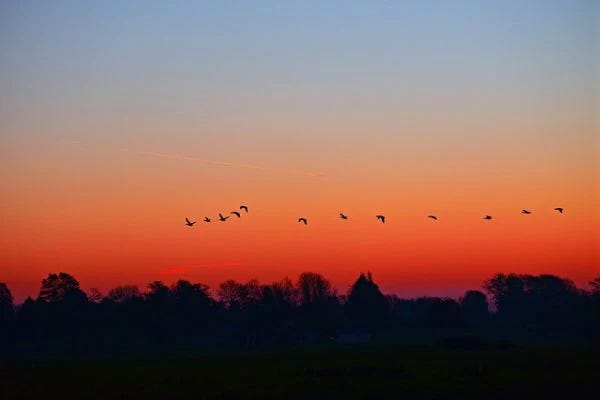
Organizations Working to Reduce Light Pollution for Migratory Birds
Since darkening cities is not a practical solution, researchers continue to work on an effective mitigation strategy that takes into consideration both the human need for light and the birds’ need for darkness. In the meantime, several organizations continue to work on this devastating threat to migrating birds.
- FLAP – Fatal Light Awareness Program, based in Canada, was one of the first groups to raise awareness about the threat of light pollution for migrating birds.
- Lights Out Salt Lake Pledge – Salt Lake City business and homeowners pledge to turn off all unnecessary lights during March to May and August to October from 11pm to 6am.
- Lights Out – Audubon Society programs in more than twenty cities across the United States encourage people to turn off bright lights intermittently. Doing so helps encourage birds to fly away from buildings, decreasing instances of collisions.
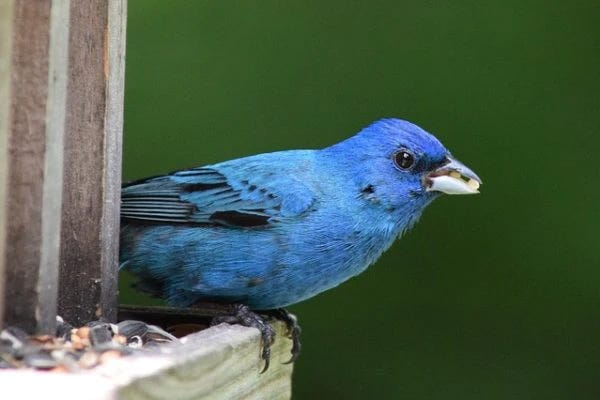
The Danger of Starvation
With the destruction and loss of so
many natural habitats, many migrating birds are victims of starvation. Without access to adequate food
supplies along their migratory routes, birds are stranded and left without a way to refuel and continue their
journey.
With the widest variety of bird species traveling as many as fifteen thousand miles, stopover sites are crucial for a successful migration. Larger flocks can create greater feeding competition during migration as well, lessening and depleting food sources. Backyard feeders can play an important role in preventing starvation as long as they remain full and accessible for birds passing through.
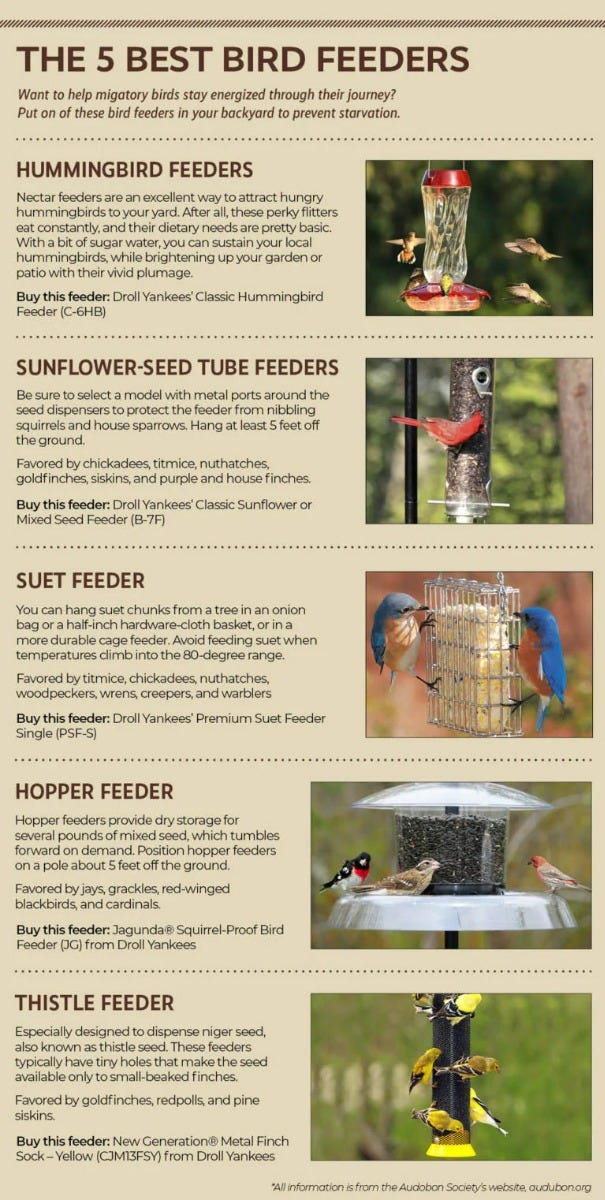
The Danger of Disease Outbreak
While traveling in large flocks helps keep birds safe, it also is a risk factor for disease. Large flocks are prone to disease outbreaks, sometimes devastating the whole flock. While this initial loss is shocking enough, the surviving birds then carry the disease to densely populated winter homes, spreading the outbreak like wildfire. This results in a sharp decline in the number of birds that will return during the spring migration.
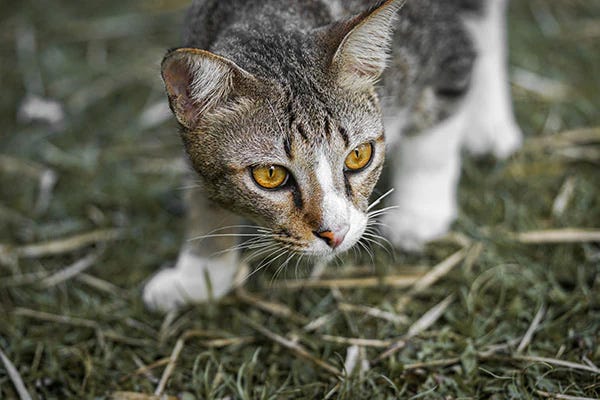
The Threat of Predators
Migrating birds must stop during their journey in order to refuel. In their search for food, they will have to risk visiting areas they are not familiar with, whether an open field or a backyard. These are uncertain times, as they will not know what predators to be wary of while visiting these stopover sites. Cats that venture outside and feral cats are the most common predators, but wild predators are also a threat.
See also: What Keeps Birds Out of Your YardThe Threat of Natural Disasters
Whether the season is fall or spring, nature itself can be a threat to migrating birds. The threat of hurricanes and floods is common during fall migration, while spring brings the hazards of late blizzards and wildfires.
A natural disaster can destroy stopover sites that are vital for a bird to continue its journey. If a natural disaster destroys a stopover site, exhausted birds are forced to continue flying in search of the next site to refuel and rest. Even worse, if a bird is caught in a natural disaster, they can be injured to the point where they are too debilitated to continue, forcing them to remain in an environment they will not survive in.
See also: How Birds Survive Devastating Storms—and How You Can Help ThemThe Dangers of Lack of Experience
With many juvenile birds migrating during fall, these long journeys are filled with obstacles and danger. Without guidance from experienced adult birds, many juvenile birds do not survive their first migratory trip. If they are not capable of finding food sources, or they become disoriented and stray from the route, juvenile birds will not survive. It’s not uncommon for backyard birdwatchers to spot a stray young bird at their feeder, unaware that the young bird is likely lost.
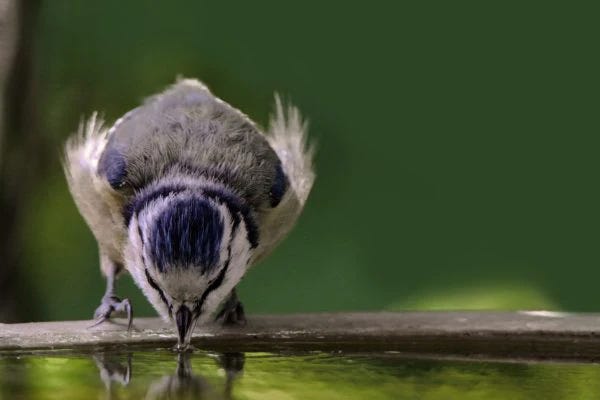
Lessening Dangers for Migrating Birds
Backyard birdwatchers have no control over factors such as light pollution in cities, natural disaster, and birds’ inexperience. But, there are a few things you can do to help migrating birds in your yard.
- Curb Starvation – Help migrating birds refuel for their arduous journey by keeping bird feeders clean and full all year long. Use a seed mix that includes healthy fats such as safflower and sunflower seeds.
- Provide Sanitary Conditions – You can’t control disease among large flocks. But, clean water, clean bird feeders and fresh seed can contribute to the health of migratory birds.
- Reduce Danger of Cats – Keep your cat inside and away from your feeders. If there are strays in your yard, investigate natural repellants to keep them out of your yard. Citrus peels are a harmless way of repelling cats from your bushes and plants. Place feeders near plants and bushes to give feeding birds some cover and a quick escape from predators if necessary.
Help Migratory Birds Just a Few Minutes a Day
While migration is a natural part of the bird life cycle, with it comes numerous threats to a bird’s survival. Taking just a few minutes each day to refill feeders, provide clean water, and keep predators out of their yards, helps migrating birds continue their journey to their winter homes. The reward will come in the spring when your backyard visitors return to the habitat you created for them.







